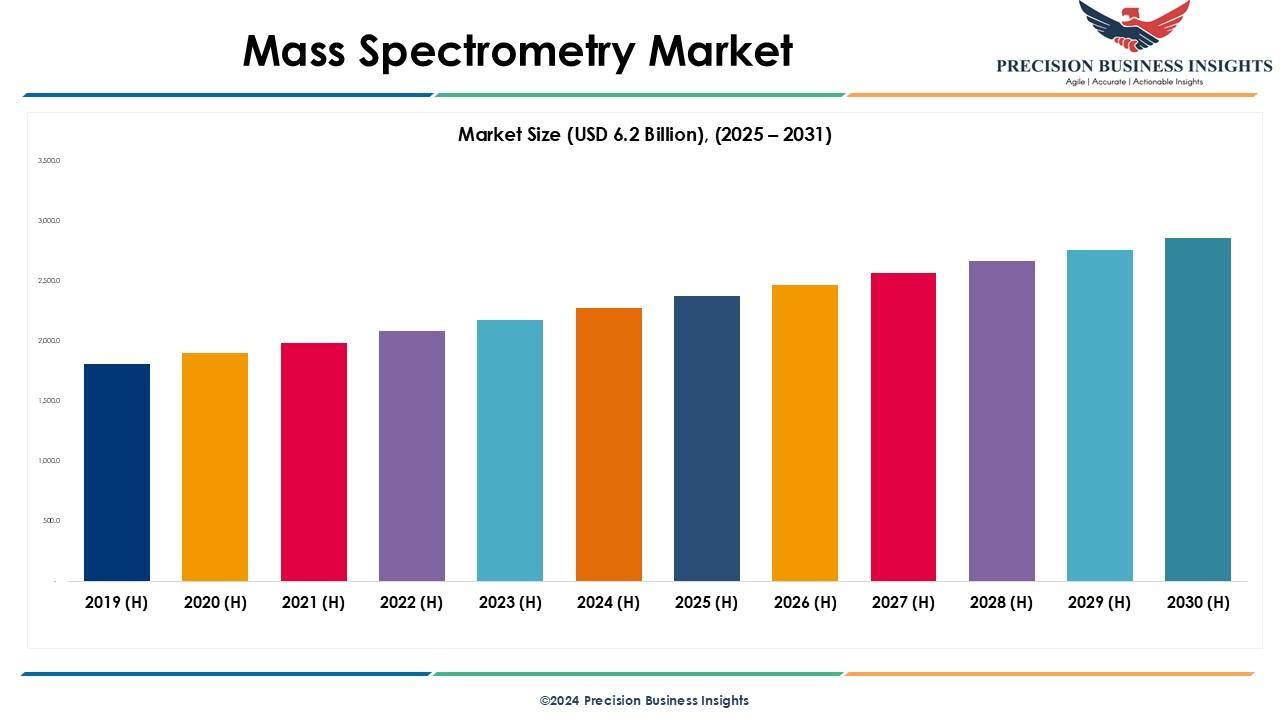Active Grille Shutters: Boosting Aerodynamics and Efficiency in Modern Vehicles

Introduction
The Active Grille Shutter (AGS) Market is expanding steadily as automotive manufacturers increasingly adopt aerodynamic and energy-efficient technologies to improve vehicle performance, fuel economy, and emissions. Active grille shutters automatically open and close the front grille vents based on cooling requirements, controlling airflow to the radiator and engine bay. When closed, AGS reduces aerodynamic drag, enhancing fuel efficiency and reducing CO₂ emissions; when open, it maximizes airflow for cooling during high-load or high-temperature driving. Originally popular in premium and fuel-efficient vehicles, AGS technology is now spreading across mass-market passenger cars, SUVs, commercial vehicles, and electric vehicles (EVs) to optimize thermal management. As global emission regulations tighten and OEMs race to meet efficiency targets, active grille shutters are becoming a standard component in modern vehicle designs.
Market Drivers
Stringent emission norms and fuel-efficiency regulations globally are key drivers of AGS adoption. Automakers are under pressure to reduce CO₂ output, comply with CAFE norms, and meet Euro 6/7 and other regional standards, making drag-reducing technologies highly valuable. Aerodynamic efficiency translates directly into fuel savings, especially for combustion and hybrid vehicles. Rising demand for lightweight and intelligent components integrated with sensors and control modules further boosts AGS demand. Growth in electric and hybrid vehicles supports AGS installation to manage the battery, motor, and power electronics’ thermal conditions. Increasing production of SUVs and high-performance vehicles also supports uptake, as AGS improves high-speed stability and cooling performance. Consumer preference for premium styling and improved vehicle refinement is additionally driving market expansion.
Market Challenges
Complexity in integration and calibration of AGS systems is a key challenge. The system must synchronize with engine cooling, HVAC, and vehicle-speed parameters, requiring precise software and electronic controls. Harsh environmental conditions—dust, snow, dirt, and extreme temperatures—can affect shutter mobility and reliability if materials and sealing are inadequate. Added electronic and mechanical components increase system cost compared to fixed grilles, impacting adoption in entry-level vehicles. Failure of the system can lead to overheating or reduced fuel efficiency, raising warranty costs for OEMs. EVs require a different thermal logic compared to ICE vehicles, demanding customized AGS designs. Supply chain constraints for electronic components and actuators can affect production timelines and cost stability for manufacturers.
Market Opportunities
Next-generation AGS systems integrated with smart sensors, thermal management software, and aerodynamic controls present significant growth opportunities. EV-specific active shutters designed to optimize battery cooling and cabin thermal management are expected to see strong demand. Material innovation—such as lightweight composites, reinforced thermoplastics, and anti-icing coatings—can enhance durability and performance. Multi-zone AGS that control separate airflow paths for the motor, HVAC, and battery systems will gain traction, especially in EVs and hybrids. Integration with active aero components such as air dams, air curtains, and underbody panels can create holistic aerodynamic-enhancement packages. Aftermarket upgrades for performance vehicles and trucking fleets also provide niche opportunities. OEM–Tier 1 collaborations to develop cost-effective modular AGS platforms for mid-segment vehicles can accelerate global adoption.
Regional Insights
Europe leads in AGS adoption driven by strict emission standards and strong penetration of premium and fuel-efficient vehicles. Germany, the UK, France, and Italy are key markets with high AGS integration in passenger cars and luxury vehicles. North America shows strong demand for AGS in SUVs, pickup trucks, and hybrid models, particularly in the U.S. and Canada. Asia-Pacific is the fastest-growing region, fueled by rising vehicle production in China, Japan, India, and South Korea. Increasing focus on fuel-efficient compact cars and expanding EV manufacturing further support AGS demand. Latin America is gradually adopting AGS in upper mid-segment vehicles, while the Middle East & Africa markets remain nascent, with potential growth driven by premium and imported vehicle segments.
Future Outlook
The future of the Active Grille Shutter Market will be driven by electrification, smart thermal management, and integrated aerodynamic systems. AGS solutions will evolve from single-function cooling controls to multi-sensor, software-driven airflow optimization systems. In EVs, AGS will become crucial for improving driving range by reducing drag and supporting battery thermal balance. Predictive aerodynamic control, using AI and real-time data, will enable intelligent shutter adjustments based on driving patterns, weather, and traffic conditions. Modular AGS designs, suitable for multiple vehicle platforms, will reduce cost and accelerate adoption among mass-market vehicles. Sustainability trends will push OEMs toward recyclable materials, low-power actuators, and robust designs for extended life cycles. Over the next decade, AGS will move from a premium add-on to a standard efficiency component across global vehicle lineups.
Conclusion
The Active Grille Shutter Market is poised for solid growth as automakers embrace aerodynamic efficiency, fuel savings, and emissions reduction. Though integration complexity, cost pressures, and durability challenges persist, continuous innovation in materials, electronics, and thermal software will enhance system performance. With the rise of hybrid and electric vehicles, AGS will play a growing role in thermal management, range optimization, and vehicle aerodynamics. Manufacturers that develop lightweight, smart, EV-ready, and cost-efficient AGS solutions will be well-positioned in the evolving automotive landscape. As sustainability and performance expectations rise, active grille shutters will remain a key enabler of efficient and intelligent vehicle design.


